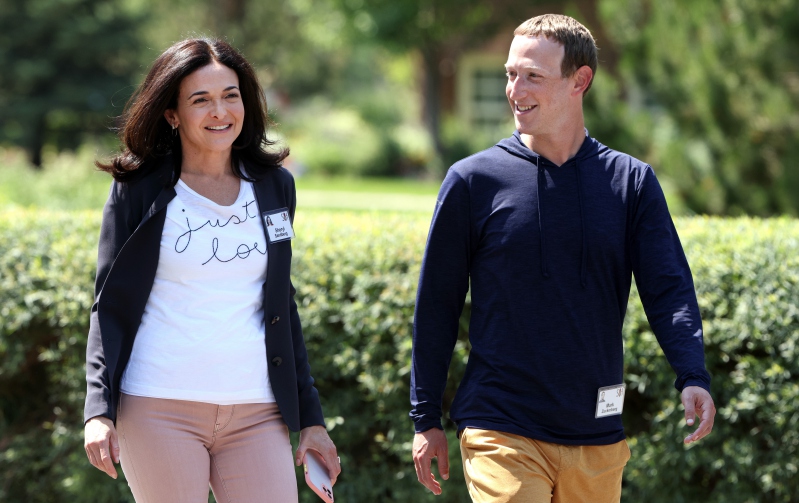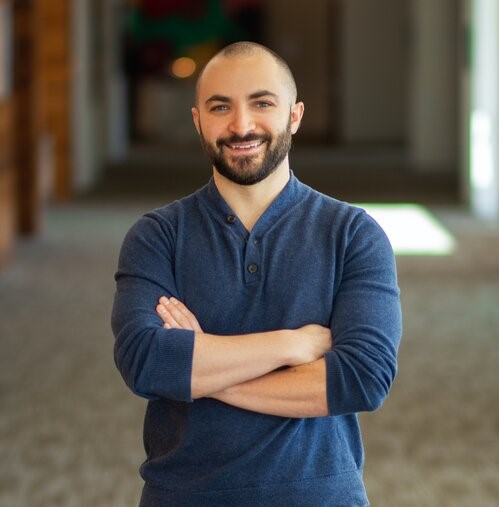
Justice Thomas signals the potential for regulation of social media platforms and their power over speech.
In early April, the U.S. Supreme Court issued a ruling in the case of Biden v. Knight First Amendment Institute. The ruling was largely insignificant, as the Court held that the case was moot. The concurrence issued by Justice Clarence Thomas, however, sent both the legal world and many parts of the internet abuzz. In his opinion, Justice Thomas issued the first words from the Supreme Court concerning the current debate around the power of social media platforms, writing:
Today’s digital platforms provide avenues for historically unprecedented amounts of speech, including speech by government actors. Also unprecedented, however, is the concentrated control of so much speech in the hands of a few private parties. We will soon have no choice but to address how our legal doctrines apply to highly concentrated, privately owned information infrastructure such as digital platforms.
Although most Americans agree that social media companies have too much political power, consensus on the appropriate government response has been far more elusive. Some states have already begun to take some degree of action against perceived biases in online platforms. In Texas, for example, a proposed law would treat social media companies like common carriers and prohibit “deplatforming” based on viewpoint. Also, Florida Governor Ron DeSantis has proposed a law that would protect political candidates from being banned on social media.
Justice Thomas’s concurrence appears to favor a position similar to the proposed Texas law. In his opinion, he cited the 1994 case Turner Broadcasting System, Inc. v. Federal Communications Commission, in which the Court required cable operators to carry broadcast signals. Discussing Turner, Justice Thomas questioned why—if telephone companies are required to act as common carriers—digital platforms could not be treated in a similar fashion.
In addition, even accepting the private property arguments made by opponents of social media regulation, some form of regulation would not be unprecedented. In his opinion, Justice Thomas cited PruneYard Shopping Center v. Robins, in which the Court concluded that a state could require a shopping mall to allow protesters to engage in advocacy on private mall property. Similarly, the Court or a legislature could find that citizens have a constitutional right to voice their opinions on social media platforms, despite the private nature of these platforms.
If states begin to pass legislation requiring social media platforms to host any speaker under the reasoning of PruneYard, they could set up a legal battle with the platforms that have used Section 230 of the Communications Decency Act as a justification for free reign in curating the users of their services. In analyzing Justice Thomas’s opinion, law professor Eugene Volokh of the University of California, Los Angeles wrote that the justice “is anticipating what might be done through legislation, and whether new state laws that do treat platforms as common carriers (more or less) are going to be seen as blocked by the First Amendment or Section 230.” Volokh predicts “that is an issue the Court will likely have to deal with in coming years.” Unless something changes dramatically in how social media companies operate or in the state of political discourse, it seems almost inevitable that this debate will come to a head in the courts.
Much of the current debate echoes similar discussions throughout the 1960s, 1970s, and 1980s about the Federal Communications Commission’s (FCC) fairness doctrine. The fairness doctrine required broadcasters that devoted a portion of their airtime to discussing controversial matters of public interest to also air contrasting views on those matters. The fairness doctrine was at the center of the case Red Lion Broadcasting Co., Inc. v. Federal Communications Commission. It was upheld by the Supreme Court but the FCC abandoned the doctrine in 1987. Some commentators have noted that Justice Thomas’s opinion sounds like a call for a revival of some form of the fairness doctrine.
As a concurrence, Justice Thomas’s opinion does not set any precedent. But it signals that at least one justice is concerned with the current state of the First Amendment. After decades in which online platforms have relied on the protections afforded them by Section 230, is some form of platform regulation possible?
It seems unlikely that a majority of the Court will decide in the foreseeable future to curtail the independence of social media platforms. Law professor Steve Vladeck of the University of Texas at Austin noted that the bigger story behind Justice Thomas’s opinion is that no other member of the Court chose to join him.
For now, the Court is not likely to move one way or another on social media regulation. If, however, some of the proposed state legislation on the matter becomes law, the Court may not have any choice but to address the issue.




